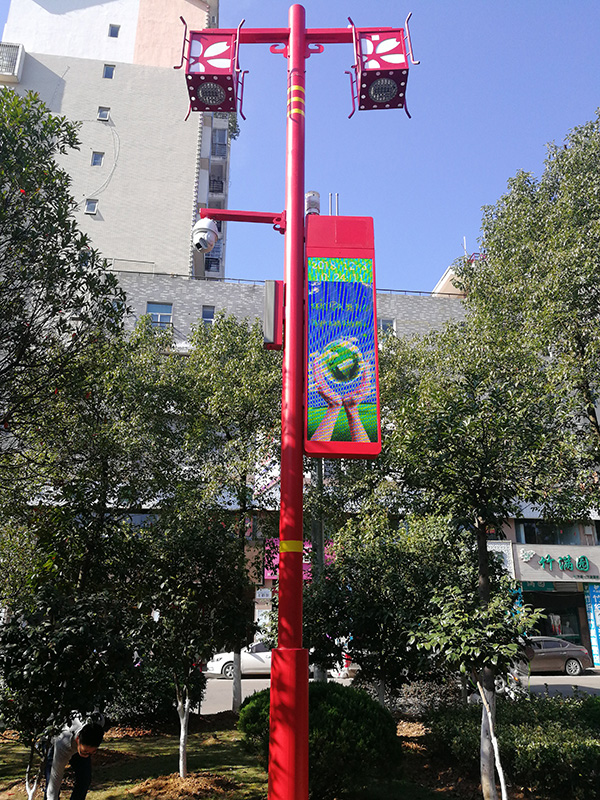With the accelerated advancement of smart city construction, the efficient maintenance of urban road lighting facilities has become a pressing management challenge. Traditional LED streetlights, due to their highly integrated components, often face the dilemma of "minor faults requiring major replacements." Modular design, by restructuring product architecture, is now providing the industry with a more sustainable solution.
I. Technological Innovation: From Complete Replacement to Precision Maintenance
The core of modular design lies in standardizing and partitioning key components such as light sources, power supplies, and heat dissipation systems. When a module fails, maintenance personnel can quickly locate and replace the independent unit without dismantling the entire fixture. This "building-block" structural design reduces repair time and minimizes risks associated with aerial work.
The separation of optical modules and drive power supplies is particularly critical. With plug-and-play interfaces and waterproof quick-release structures, a single worker can complete module replacement in a short time without requiring specialized electrician skills. This design significantly reduces the need for special equipment rentals and labor costs, enabling "ladder + toolbox" lightweight maintenance.

Jiangxi Ruijin
II. Full-Cycle Value: Economic and Social Benefits in Harmony
From a lifecycle perspective, modular streetlights extend overall service life. When technological upgrades are needed, only specific modules require replacement rather than the entire fixture, avoiding resource waste. Calculations by a municipal department show that adopting modular streetlights reduces maintenance costs by 37% and decreases spare parts inventory pressure by 52%.
This design also promotes circular economy development. Retired modules can re-enter the maintenance system after standardized testing, whereas traditional streetlights are often discarded due to non-separable designs. Industry estimates indicate modular design can increase material recycling rates by over 60%, aligning with carbon neutrality goals.
III. Smart Expansion: Future-Proofing Urban Infrastructure
Modular architecture naturally accommodates smart upgrades. Reserved expansion slots allow for adding sensors, communication modules, and other devices, enabling "lighting + monitoring + communication" multifunctional integration. This flexible scalability transforms streetlights from isolated fixtures into neural endpoints of smart cities.
Standardized interfaces further establish foundations for big data analytics. By monitoring operational data from each module, management departments can build predictive maintenance models, shifting from "reactive repairs" to "proactive maintenance."